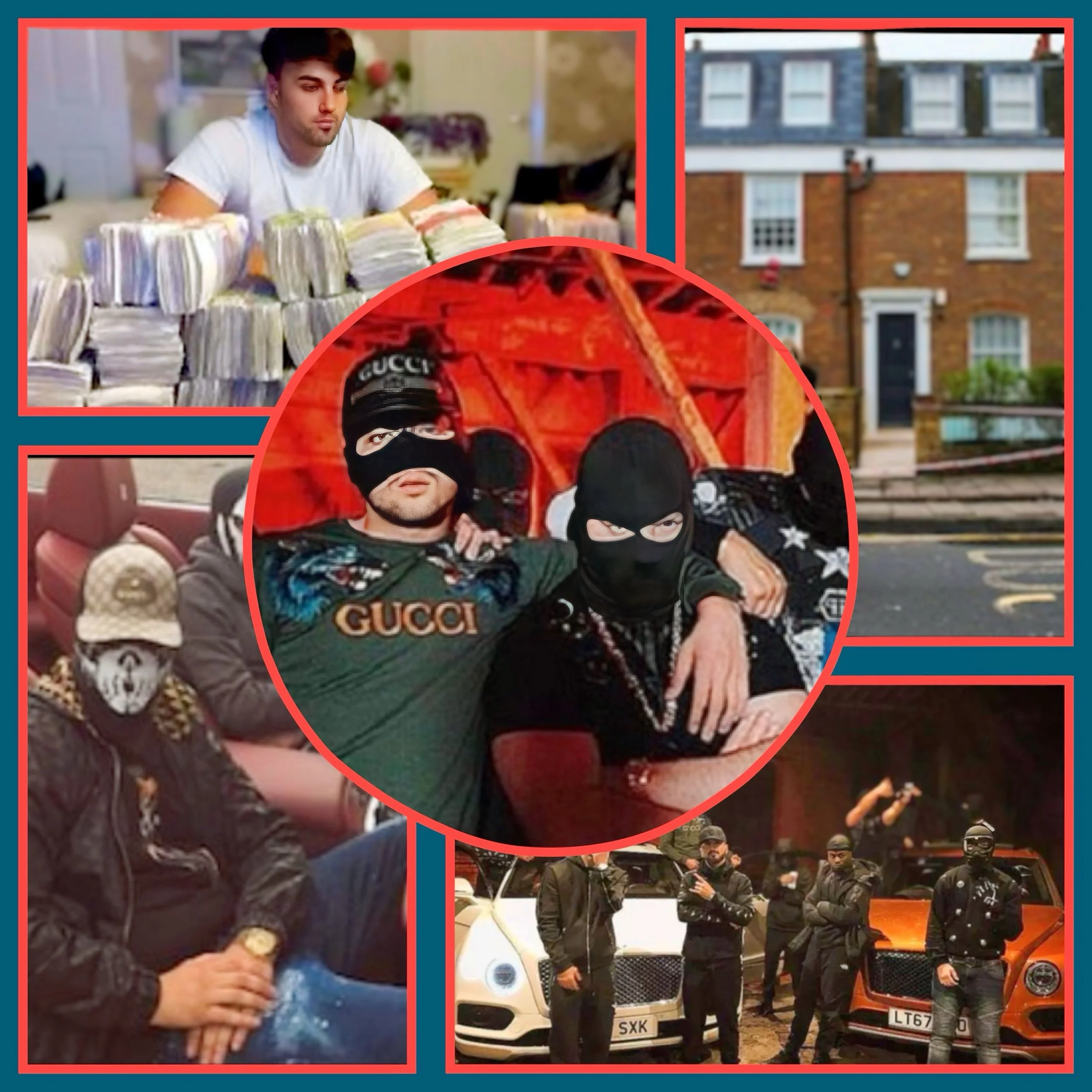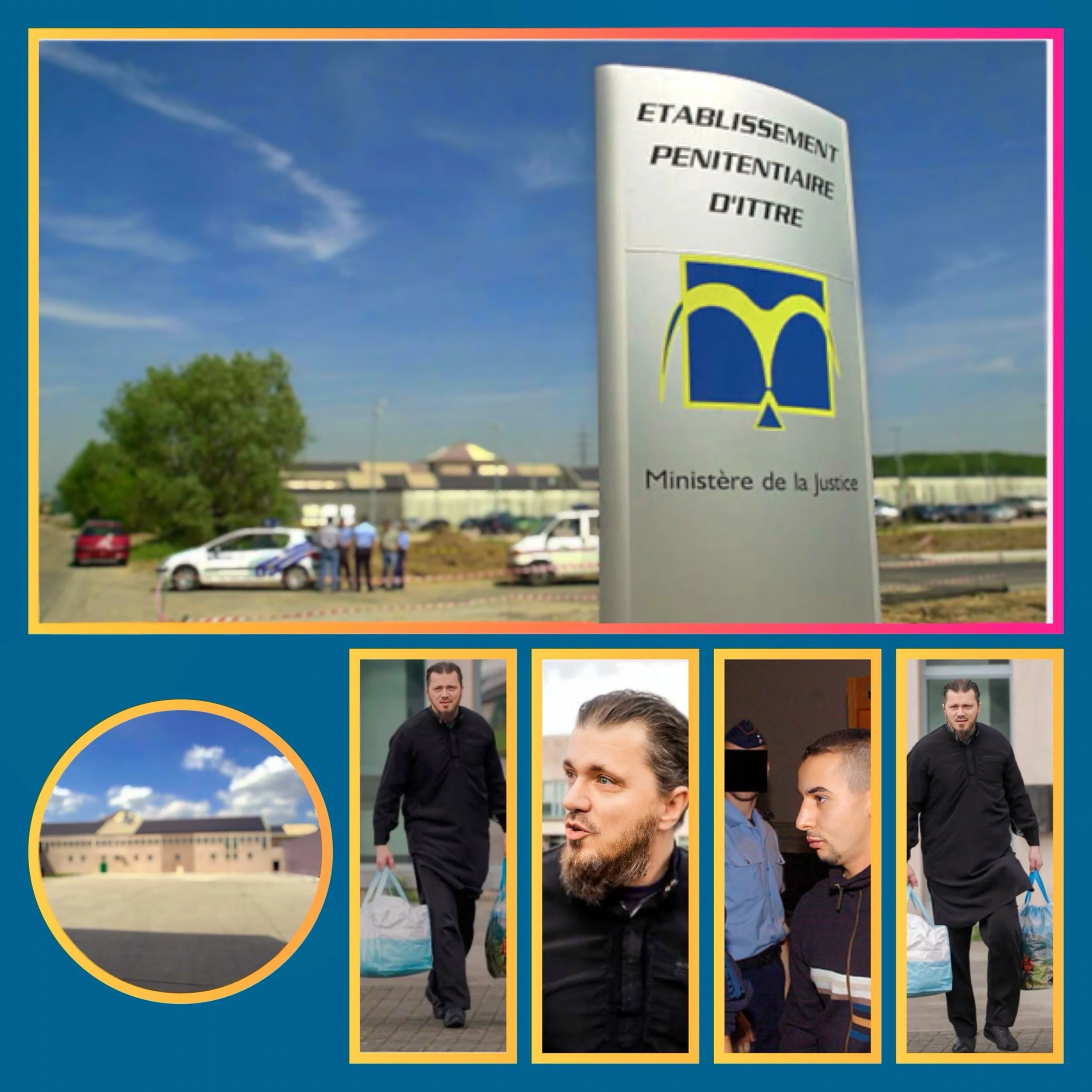Rise of Hellbanianz- Albanian underworld - UK underworld
Introduction
The Hellbanianz gang has emerged as a notorious Albanian criminal group operating in the United Kingdom, particularly in East London.
FAF, Britain.Forum analyzes the gang has gained significant attention due to their brazen activities and social media presence, showcasing their involvement in the UK’s lucrative cocaine trade.
Albanian gangs
Albanian-grown cannabis sold across Europe is thought to be worth as much as £4 billion each year, but in Britain the gangs have switched focus to the lucrative supply of cocaine, which is often cooked up into crack to be sold by street gangs.
Albanian-supplied cocaine is reaching children as young as 12 caught up in the growing trade in crack.
The Albanian impact has affected a number of cities. The Balkan-region criminality is layered on top of other criminality from our homegrown criminals.
The increase in cocaine and crack will be a driver [for violence] but there are numerous reasons — improved recording and reduced police numbers among them.
“The challenge is even greater with Balkan countries because we don’t necessarily have the links in. It’s harder to infiltrate their communities through covert means. They are close knit but there have been notable successes.”
Hellbanianz gang
Teenagers run the drugs to beach resorts in Essex or villages in the Home Counties, making hundreds of pounds that feed into the turf wars fought at home.
Dealers rob their rivals armed with knives and guns, and unpaid debts are punished with kidnap and torture.
The Hellbanianz are described as part of a larger network of Albanian criminal groups operating in the UK, particularly in East London. Some key points about the gang’s structure and operations.
They are considered to be part of the “retail trade” of cocaine on the streets of London, acting as dealers and enforcers for the larger Albanian mafia network.
The gang is known for its violence and particularly for its social media presence, where they display luxury cars, cash, and expensive watches to boost their reputation and recruit new members.
Experts believe that Albanian criminal groups like the Hellbanianz operate as a loose network rather than having a top-down structure with a single leading figure.
The Hellbanianz are described as occupying the lowest level of the Albanian mafia hierarchy.
Other drug syndicates
Albanian
Above it all sit syndicates such as the Albanians, with their enforcers, deft businessmen and far-reaching connections, who have built their dominance of the UK’s cocaine trade on a reputation for getting the job done.
They live by a code of honour called “besa”, or trust, an oath to protect one another with their lives.
However, where members of the global outfit are often quiet in their work, the brasher London contingent have been caught out flaunting their new riches.
In 2013 four members of an Albanian-run syndicate were jailed in Glasgow after being caught with a suitcase stuffed with £1.2 million in cocaine. Images on one member’s phone showed Albert “Diti” Memia, then 25, snorting a huge line of cocaine in the shape of his nickname.
The average gangster is still a white British male, there are some foreign influences. A “league table” last year of the origins of 33,598 gangsters, spread across 4,629 groups, showed that Albanians had risen from 8th to 3rd in three years (writes Connor Ibbetson).
Chinese
Chinese gangs rose from 12th to 7th in the table in the same period. They tend to be involved in growing cannabis and in complex trade frauds to launder money. They also supply fentanyl, a deadly heroin substitute, and other psychoactive substances designed in China.
Iraqi
Iraqi gangs showed increased activity since 2015, rising from 15th to 9th.
Pakistani
Pakistani gangs were always the second-most prevalent criminals by nationality at birth.
Age groups
Gangsters were 90 per cent male, 60 per cent white and more than 70 per cent British-born. Sixteen per cent were Asians, an ethnicity making up 7 per cent of the population. Thirteen per cent were black, compared with 3 per cent of the overall population.
Criminal Activities
The gang is primarily involved in:
Drug trafficking
They are a key player in the UK’s cocaine market, estimated to be worth £5 billion.
Street-level drug dealing
The Hellbanianz serve as the armed wing of the Albanian mafia, handling street-level distribution.
Violence
They are known for their readiness to use violence and possession of firearms.
Social Media Presence
Unlike many criminal organizations, the Hellbanianz are notorious for their high-profile social media presence:
They flaunt their wealth on platforms like Instagram, displaying luxury cars, large amounts of cash, and expensive jewelry.
Their social media accounts have attracted a significant following, with one page reportedly amassing almost 100,000 followers.
The gang uses these platforms to boost their reputation and recruit young members.
Role in the UK Drug Trade
The Hellbanianz are part of a larger network of Albanian criminal groups that have gained significant control over the UK’s cocaine market
Albanian gangs have established direct connections with South American drug cartels, allowing them to import cocaine at lower prices and higher purity.
This business model has enabled them to undercut rivals and expand their market share rapidly.
The National Crime Agency believes that Albanian criminal groups are consolidating power within the UK’s criminal underworld.
Impact and Law Enforcement Response
The rise of the Hellbanianz and other Albanian gangs has led to increased violence and competition in the UK’s drug trade
There have been reports of open warfare between Albanian criminals on London’s streets as they attempt to expand their territory.
Law enforcement agencies have been targeting these groups, with operations aimed at disrupting their activities and arresting key members.
Conclusion
The Hellbanianz represent a novel paradigm within the criminal ecosystem, merging traditional organized crime methodologies with a contemporary, social media-oriented operational framework.
Their ascendance underscores the shifting landscape of the UK's criminal underbelly and highlights the escalating complexities faced by law enforcement agencies in addressing these dynamic threats.
Cocaine remains the most hazardous and economically burdensome illicit drug globally. In parallel, more cost-effective substitutes, such as fentanyl, have emerged in the market, predominantly sourced from China and Mexico before permeating international distribution networks.
In 2023, Colombia experienced a staggering 53% increase in cocaine production, with forecasts suggesting a sustained uptick in demand extending into 2024 and beyond.
The global implications of this trend reach far beyond mere economic ramifications; the paramount concern is the safeguarding of human lives, which are significantly more difficult to restore than financial capital.
The cocaine market has presented a formidable challenge for over 75 years, enduring through shifts in the identities of its key operatives.
The risks tethered to the cocaine trade appear to be consistent across both the United States and Europe, primarily due to the drug's relative affordability.
While governmental bodies have initiated advanced strategies to curb drug trafficking, those entrenched in this illicit enterprise consistently seem to maintain a strategic advantage.
The advent of artificial intelligence has the potential to revolutionize various facets of this trade, encompassing production, sales, marketing, and inventory management on a global scale.
It is critical for federal agencies to capitalize on AI-driven tools to effectively counter this devastating market, which jeopardizes the lives of countless innocents.






